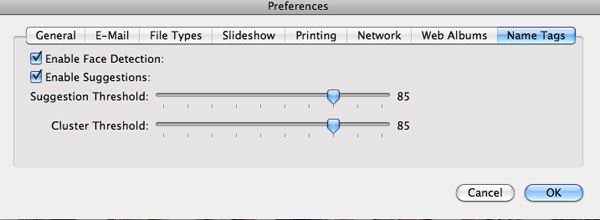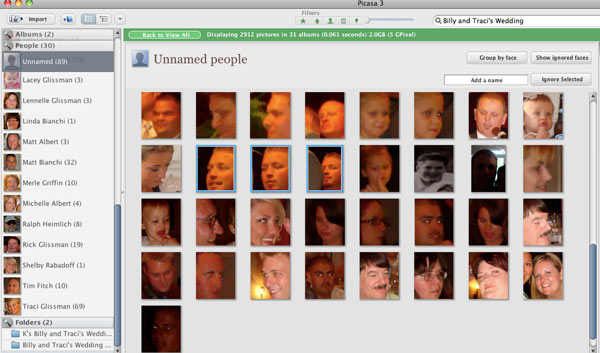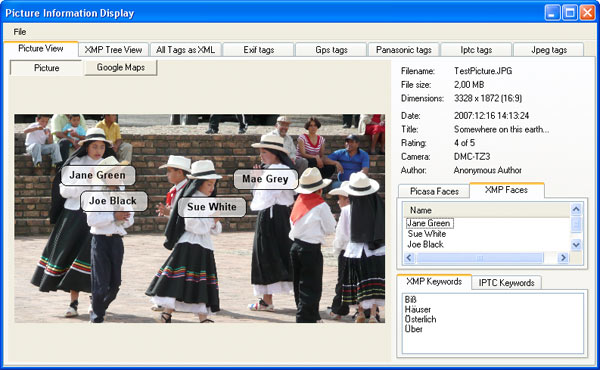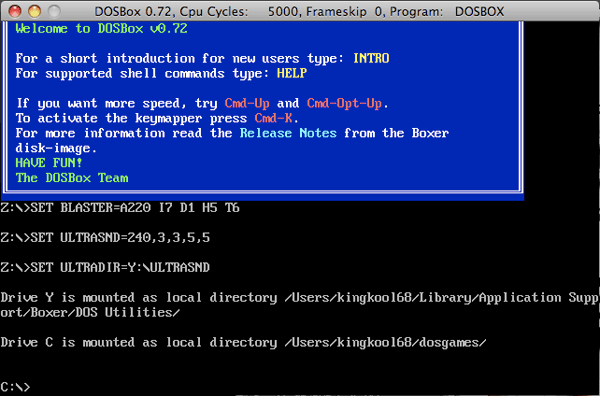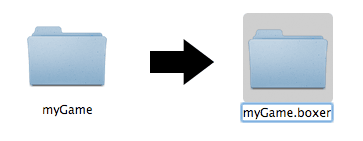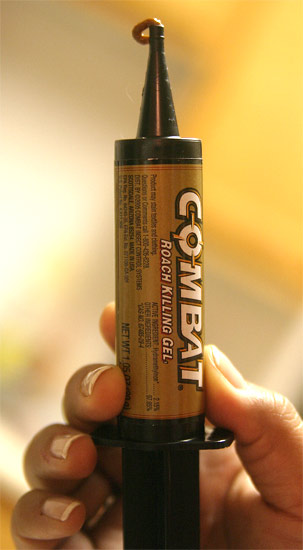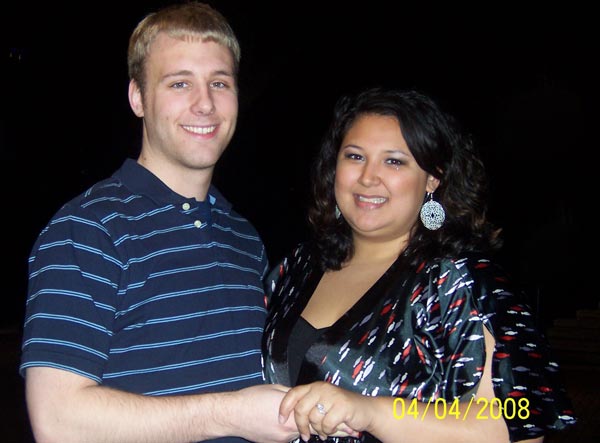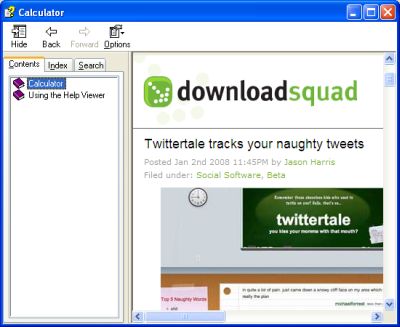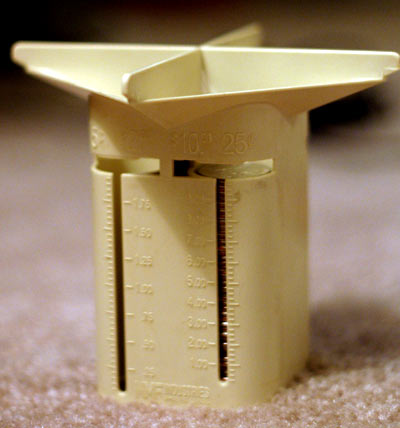Making JavaScript And The Blip.tv Player Work

It sure would be nice if the blip.tv player had an easy way to change which video is playing in a playlist using their JavaScript API. But they don’t, so I had to roll my own to make the two play together nicely. Here is the end result (Note there are some line breaks I put in here for visual formatting, it might not work):
var player;
var currentPlaylistItem;
var currentState;
function getUpdate(type, arg1, arg2) {
switch(type) {
case "state":
currentState = arg1;
break;
case "item":
currentPlaylistItem = arg1;
var episode = player.getCurrentItem();
document.title = episode.title;
break;
}
}
var flashvars = {
'file': 'http://blip.tv/play/ha0CjMVEh_8o',
'enablejs': 'true',
'javascriptid': 'blip_player',
'autostart': 'false'
};
var params = {
'allowscriptaccess': 'always',
'allowfullscreen': 'true',
'expressinstall': '/millennials/flash/expressInstall.swf'
};
var attributes = {
'id': 'blip_player',
'name': 'blip_player'
};
swfobject.embedSWF('http://blip.tv/play/ha0CjMVEh_8o',
'blip_player', '770', '470', '8.0', false, flashvars,
params, attributes, swfCallBack);
function swfCallBack() {
player = document.getElementById('blip_player');
$('#agenda h3 a, #agenda a.blip_tv').click(function(){
var playlistItemNum =
$(this).attr('href').split('#')[1];
changePlaylist(Number(playlistItemNum));
$.scrollTo('.video .player', 800);
return false;
});
}
function changePlaylist(num) {
var direction = 'prev';
var diff = currentPlaylistItem - num;
if (diff < 0) {
direction = 'next';
diff = Math.abs(diff);
}
for(i=0; i < diff; i++) {
player.sendEvent(direction);
}
if (currentState == 0) {
player.sendEvent('play');
}
}
There are three requirements to getting started as outlined in the blip.tv wiki:
- The player must be embeded with the enablejs=true Flash variable set
- The player must be embeded with allowScriptAccess=always object/embed parameter set
- A JavaScript function must exist named getUpdate()
The first part of my script sets up three global variables that we’ll use.
- player will reference the object/embed element by an ID. It is how we send commands to the show player.
- currentPlaylistItem is the number of the video selected (or position) in the playlist.
- currentState is either 2 (playing), 1 (loading), or 0 (stopped) depending on the current state of the player.
The getUpdate() function listens to the blip.tv player for changes like when the player is stopped or a video is changed in the playlist. The type argument is a string which we can send through a switch statement to determine what we need to do.
If the state of player has changed then we update our currentState variable with the value of arg1 (which will be a number between 0 and 2). If the event is an item change, we will update the currentPlaylistItem variable to reflect that. As an added bonus we get the title of the current playing video and change the title of the webpage to reflect this. This has zero SEO value and is really only a convenience to our audience. Now that we know what is going on, lets get to the fun stuff.
Three variables (which are really Objects) are created for swfobject so we can easily embed the video player dynamically into the page. The ‘blip_player’ paramter is the ID of the player that we’ll be referencing shortly. The swfCallBack() function is called once the blip.tv player has loaded. There we set our player variable to reference the element of the blip.tv player. I used a line of jQuery to set the onClick() events of a group of links that will change the playlist when they are clicked.
In the HTML the links contain direct links to each blip.tv video and an anchor with a number after it. This number is the playlist position of the specific video. jQuery makes it a snap to extract just that number from the URL which we store in the playlistItemNum variable. The playlistItemNum variable is passed along to a function called changePlaylist() which does all of the heavy lifting.
Since the blip.tv show player doesn’t have a direct way of going to a specific video in a playlist, we have to hit the next or previous button on the player programmatically. The direction is set to ‘prev’ initially. diff is calculated by subtracting the number passed to the function from the position of the currently playing video, currentPlaylistItem.
If diff is a negative number than we need to switch the direction variable to ‘next’ and get rid of the negative number by calling the absolute value method ( Math.abs() ). Now we simply send the player a command to go to the next or previous video as many times as we need to get to the desired video via a loop. Finally, if the player is stopped, we send the video player a command to start playing the video.
As an added nicety, we gently scroll the viewer up the page to the top of the video player so they’re not left wondering why nothing happened. The jQuery scrollTo plugin makes this a breeze to do.
There is one caveat for the changePlaylist() function to work: the playlist needs to be visible on the blip.tv show player. This is simply an option you set on the player configuration screen on blip.tv. Without it showing, we can’t get which video is playing and the whole thing falls apart.
That wraps up how to roll your own playlist changing function as well as shed some light on how you might control other things about the blip.tv show player using JavaScript. You can see this in action on the Pew Research Center Millennial Conference video page. If you have any questions leave them in the comments or get in contact.

